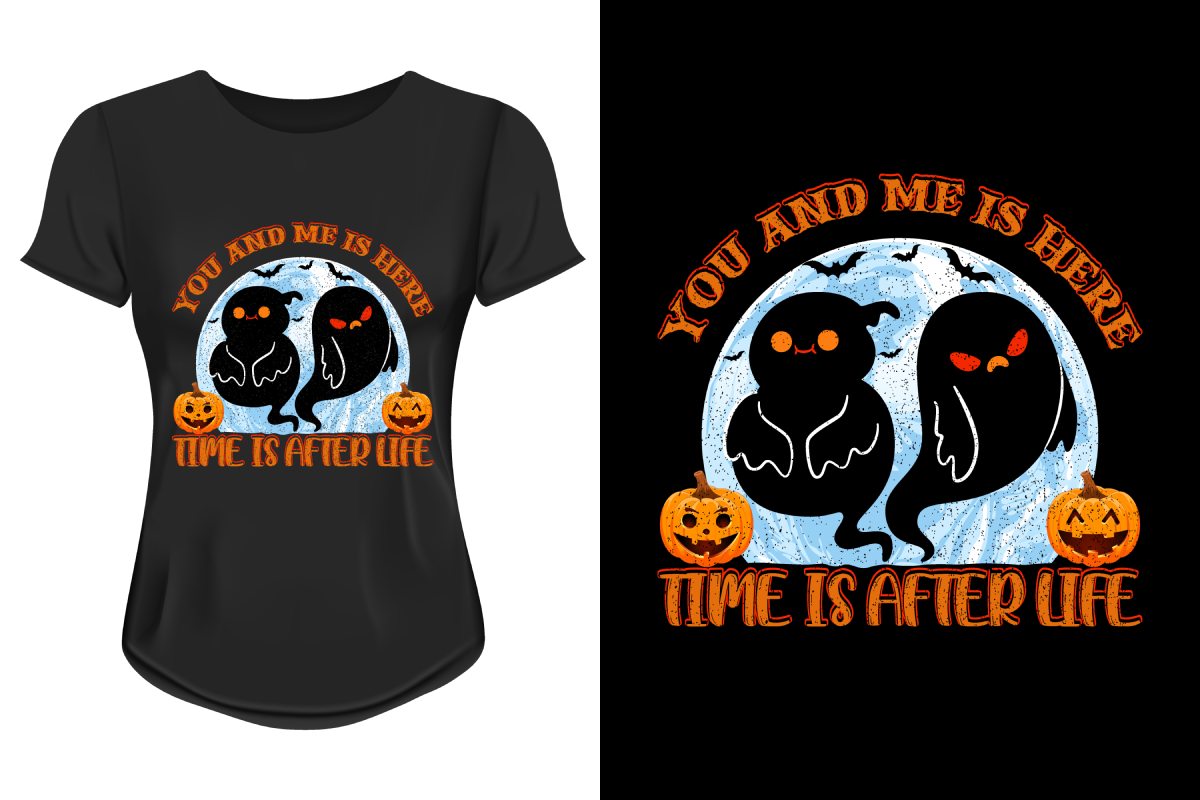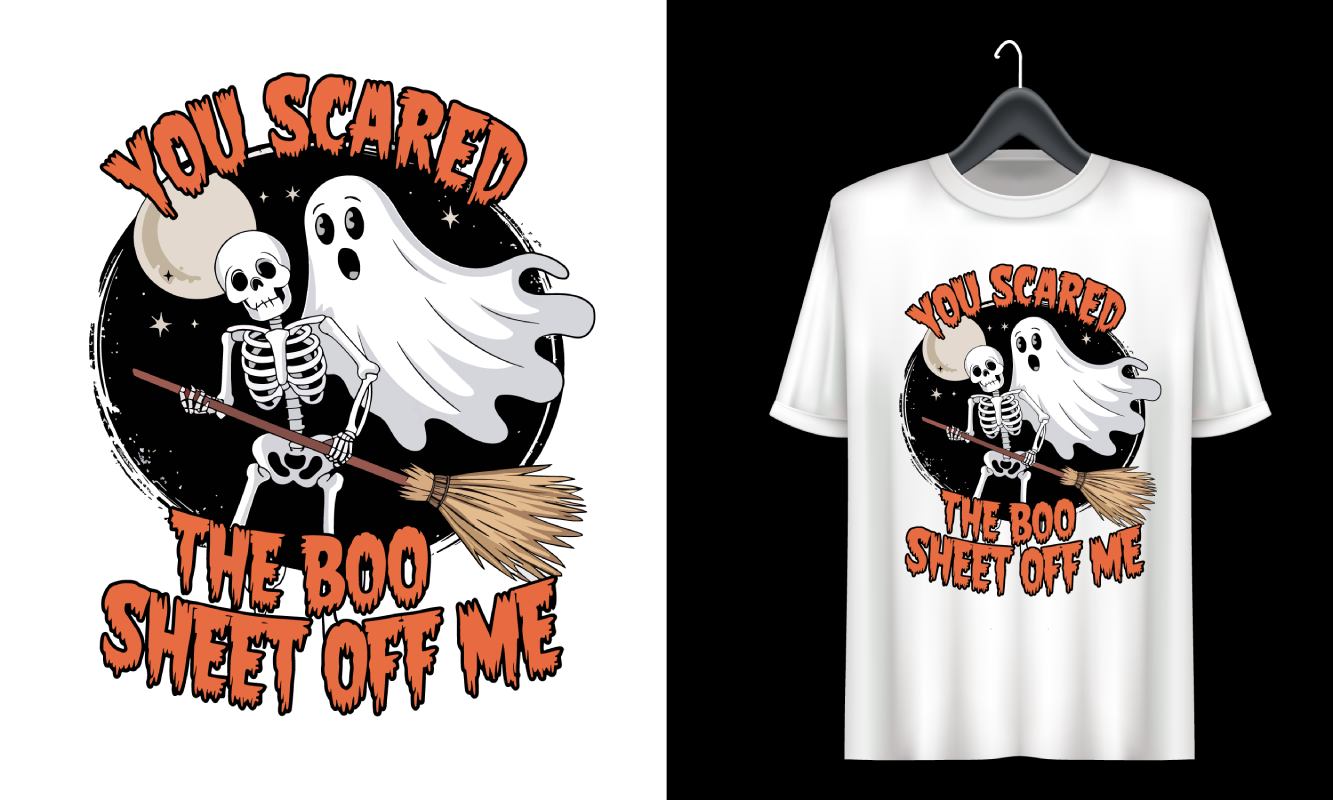DTF Transfers, short for Direct to Film Transfers, have revolutionized the custom printing industry, allowing creators to transform their designs into stunning apparel with ease. Utilizing cutting-edge technology, these transfers enable the application of vivid colors and intricate patterns directly onto garments, making them a favorite among both hobbyists and professionals alike. As you embark on your journey into DTF printing, acquiring the right equipment and knowledge is vital for success. This comprehensive beginner DTF guide will equip you with essential tips and insights to kickstart your printing projects efficiently. Join us as we explore the nuances of DTF transfers, the necessary DTF printing equipment, and the best practices in our informative DTF printing tutorial.
Direct to Film Transfers, often abbreviated as DTF, represent a modern approach to the garment printing process that continues to gain popularity. This innovative printing technique involves printing designs onto a special film that is then heat-pressed onto various fabric types. Enthusiasts and beginners are turning to this method for its versatility and the eye-catching quality of its prints. Whether you’re delving into custom clothing design or launching a small print business, understanding the intricacies of DTF printing can greatly enhance your creative workflow. In this article, we will guide you through the essentials of DTF printing, including equipment recommendations and helpful insights that can propel you forward in this exciting field.
Understanding the Basics of DTF Transfers
DTF Transfers, or Direct to Film Transfers, are a revolutionary method in the printing industry that brings vivid and durable prints directly onto fabric. This technique allows users to print high-quality images onto a special transfer film, which can later be heat pressed onto garments. For beginners, this offers a seamless way to create custom apparel without the steep learning curve often associated with more traditional printing methods. Understanding the fundamental process behind DTF printing is vital to fully leverage the capabilities of this innovative technology.
The DTF printing process involves several key steps: creating a design using graphic design software, printing onto the transfer film with a specialized DTF printer, applying an adhesive powder, and finally, transferring the design onto the desired fabric using a heat press. This multi-step approach not only ensures high-quality outputs but also allows for versatility in the types of fabrics that can be printed on, which is advantageous for various applications from fashion to promotional items.
Essential DTF Printing Equipment
For anyone venturing into DTF transfers, having the right equipment is crucial. Beginners should start with a reliable DTF printer that is compatible with DTF ink and transfer film. One of the recommended choices for small businesses is the AM.CO.ZA Compact A3 DTF Printer, known for its excellent print quality and user-friendly features. Along with a DTF printer, it’s important to invest in high-quality DTF inks that are specifically engineered to work with the transfer process, ensuring vibrant colors and longevity for each print.
Besides the printer and inks, procuring the right transfer film and a sturdy heat press is essential. The transfer film acts as the medium on which your designs are printed, while the heat press applies the necessary heat and pressure to transfer the image onto the garment effectively. Beginners should also consider investing in a maintenance kit for their printer to keep it in top condition, as regular cleaning and upkeep will help ensure consistent print quality and machine longevity.
Tips for Beginners in DTF Printing
Starting your journey in DTF transfers can be exciting yet challenging. One of the first tips for beginners is to become familiar with graphic design software that is compatible with DTF printing, such as Adobe Illustrator or CorelDRAW. These programs allow users to create professional-quality designs ready for transfer. If you’re new to design, resources such as online tutorials or courses can help you quickly grasp the essential techniques needed to create captivating graphics.
Additionally, one of the most important pieces of advice for new users is to experiment with various fabric types. Different materials respond differently to DTF prints, influencing the color vibrancy and durability of the designs. By testing various combinations of fabrics and settings on your heat press, you can discover the optimal conditions that yield the best results for your custom designs. This experimentation phase is crucial for learning and improving your overall DTF printing skills.
Maintaining Your DTF Printing Equipment
To ensure the longevity and effectiveness of your DTF printing setup, regular maintenance of your equipment is critical. Cleaning your DTF printer should be prioritized; this involves following the manufacturer’s guidelines to remove any clogs that may develop in the printhead, which can significantly affect print quality. Daily maintenance can help prevent downtime and ensure smoother operational efficiency, essential for any business.
Moreover, it’s equally important to maintain your heat press. Ensuring that the heating elements are functioning properly and that the pressing surface is clean and free from residual materials can lead to better results in transferring your designs. Regularly checking the temperatures and pressure settings on your heat press will also contribute to better adhesion and quality in your final products.
Exploring Recent Developments in DTF Printing
The DTF printing industry is continually evolving, with new developments enhancing the accessibility and functionality of DTF transfers. Recently, platforms like Snuggle DTF have emerged, simplifying the ordering process for businesses looking to procure high-quality DTF transfers quickly. These advancements represent a significant step forward, making it easier for printers and resellers to meet customer expectations for fast and reliable service.
Furthermore, companies like EazyDTF are scaling their operations to offer same-day shipping, addressing the increasing demand for quick turnarounds in the competitive printing market. Such operational enhancements not only streamline the workflow for businesses but also make entering the DTF market more appealing to newcomers, allowing them to capitalize on the growing consumer interest in personalized apparel.
Maximizing Results with DTF Printing Techniques
One of the best ways to maximize the results you achieve with DTF transfers is to focus on sourcing high-quality materials. This includes not only the transfer film and inks but also ensuring that your heat press can maintain consistent temperature and pressure for optimal transfers. The quality of the foundational materials plays a pivotal role in determining the final outcome of your printed designs.
In addition, understanding the nuances of color profiling is crucial for achieving the best color matches in your prints. Familiarize yourself with the printer settings and conduct test prints to calibrate the dye performance accurately. Regularly reviewing and adjusting these settings can significantly elevate your work’s professional quality, setting you apart from competitors in the fast-growing DTF printing niche.
Frequently Asked Questions
What exactly are DTF Transfers (Direct to Film Transfers)?
DTF Transfers, or Direct to Film Transfers, are a modern printing technique that involves printing designs onto a specialized transfer film. This film is coated with adhesive powder, allowing vibrant images to be transferred onto various fabrics under heat and pressure using a heat press.
What equipment do I need for DTF printing as a beginner?
To get started with DTF printing, you will need a DTF printer, DTF ink, transfer film, and a quality heat press. A reliable printer, like the AM.CO.ZA Compact A3 DTF Printer, is essential for producing high-quality prints.
How do I maintain my DTF printing equipment for the best results?
Regular maintenance of your DTF printer is crucial. This includes cleaning the printer to prevent clogs and ensuring smooth ink flow. Always follow the manufacturer’s cleaning guidelines and maintain your heat press to ensure consistent printing results.
What are the advantages of using DTF transfers for custom apparel?
DTF transfers provide numerous advantages, including high-quality, vibrant prints, versatility to work with various fabrics, and cost-effectiveness, making them an ideal choice for small businesses and freelancers in the custom printing industry.
Can I use graphic design software for creating designs for DTF printing?
Yes, you can use graphic design software such as Adobe Illustrator or CorelDRAW to create designs for DTF printing. Familiarity with these tools is key to producing stunning designs that translate well onto transfer film.
What are some recent developments in DTF printing technology?
Recent advancements in DTF printing include platforms like Snuggle DTF for easier ordering and the expansion of EazyDTF, which now offers same-day shipping. These developments enhance accessibility and efficiency for those entering the DTF printing market.
| Key Point | Description |
|---|---|
| Introduction to DTF Transfers | DTF Transfers (Direct to Film Transfers) revolutionize custom printing with vibrant, high-quality designs applied to garments using heat and pressure. |
| What Are DTF Transfers? | A method that uses a specialized printer to create designs on transfer film, which are then heat pressed onto fabrics. |
| Advantages of DTF Printing | – High-Quality Prints: Intricate designs with vibrant colors. – Versatility: Compatible with different fabric types. – Cost-Effective: Affordable for small businesses compared to traditional methods. |
| Getting Started with DTF Transfers | Involves acquiring necessary equipment, maintenance, and familiarity with design software. |
| Equipment Needed | Essentials include a DTF printer, DTF ink, transfer film, and a heat press, such as the AM.CO.ZA Compact A3 Printer. |
| Cleaning and Maintenance | Regular maintenance of the printer and heat press ensures consistent print quality and efficiency. |
| Design Software | Familiarity with graphic design tools like Adobe Illustrator or CorelDRAW is key for creating designs. |
| Recent Developments | Updates in 2025 include new platforms for ordering DTF transfers and expanded production capacities for quicker service. |
| Tips for Successful DTF Printing | Focus on quality materials, understanding printer settings, and experimenting with various fabrics for best results. |
Summary
DTF Transfers are revolutionizing the world of custom garment printing, enabling individuals and businesses to create stunning, high-quality designs with ease. This innovative method leverages specialized printing technology to transfer vibrant images onto various fabrics, making it a versatile choice for both seasoned professionals and beginners alike. As the DTF printing landscape continues to evolve, with advancements enhancing accessibility and efficiency, now is the perfect time to embrace this exciting opportunity. By understanding the essential tools, processes, and techniques involved in DTF transfers, anyone can unlock their creative potential and thrive in the competitive printing market.



